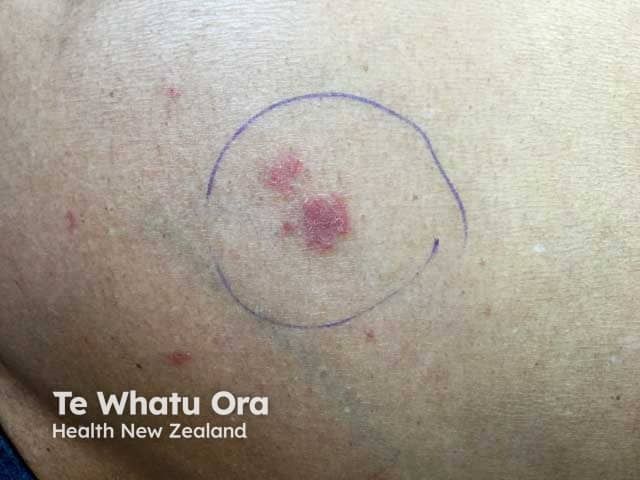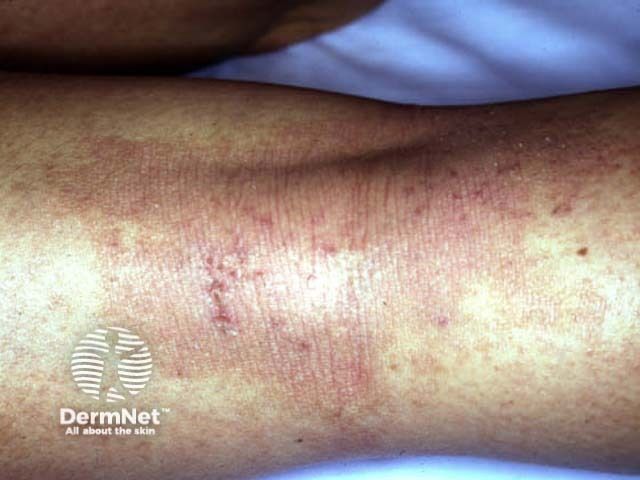
Atopic Dermatitis
Latest News
Video Series

Latest Videos
Shorts
CME Content
More News

LEO Pharma reveals promising 32-week results for tralokinumab in treating atopic dermatitis on hands, enhancing patient quality of life and safety.
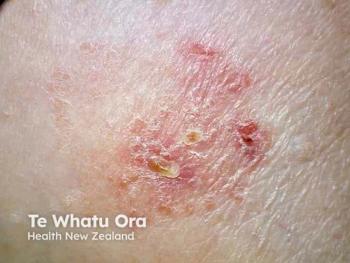
Robert Bissonnette, MD, presented tape-strip transcriptomics detecting meaningful steroid responses after just 1 day of therapy.

Arcutis advances pediatric atopic dermatitis treatment with roflumilast cream, completing enrollment in key INTEGUMENT-INFANT trial.
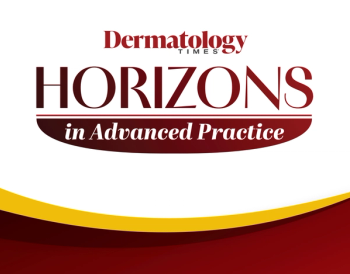
The exclusive event brought together physician assistants and nurse practitioners from across the country to review complex atopic dermatitis, psoriasis, chronic hand eczema, and hidradenitis suppurativa patient cases.
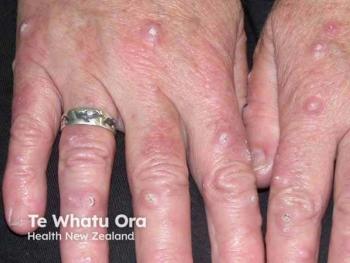
Findings suggest immune dysregulation and chronic inflammation in atopic dermatitis may contribute to increased skin cancer susceptibility.
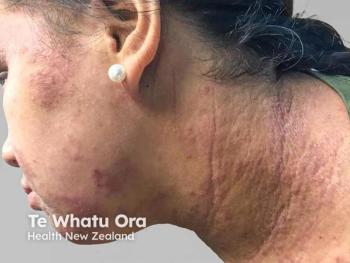
Skin pain in atopic dermatitis significantly impacts quality of life, necessitating its recognition and treatment as a vital symptom for better patient outcomes.
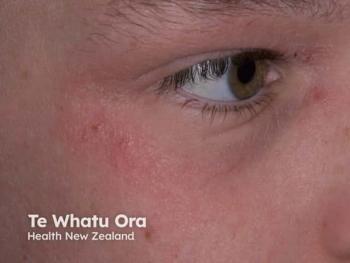
Castle Biosciences’ new test uses molecular signatures from lesional skin to guide systemic therapy decisions in moderate to severe AD.

Discover the latest advancements in atopic dermatitis treatment and patient advocacy during Eczema Awareness Month, shaping future care and quality of life.
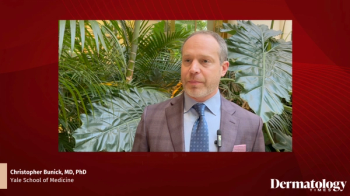
Christopher Bunick, MD, PhD, urged clinicians to move beyond therapeutic inertia and transition patients to advanced systemic therapies.

Arcutis has expanded roflumilast cream in the US, a steroid-free treatment for mild to moderate AD in young children.

Incyte reveals promising TRuE-AD4 trial results for ruxolitinib cream, showcasing its effectiveness and safety for adults with moderate atopic dermatitis.

At Fall Clinical 2025, Mona Shahriari, MD, presented highlights on the role of IL-13 inhibitors, such as dupilumab, tralokinumab, and lebrikizumab, in managing atopic dermatitis across severities.

Gene expression profiling may allow clinicians, according to Farberg, to predict patient responses to targeted treatments.

Clinicians are now aiming for treatment targets such as NRS 0–1, IGA 0–1, and EASI 90 to define successful AD management.

At Fall Clinical 2025, Shawn Kwatra, MD, presented insights on managing various cases of chronic itch, as well as understanding the OX40 ligand pathway as the “prequel to inflammation.”

The AHEAD guidelines promote a new treatment standard for atopic dermatitis, emphasizing near-complete skin clearance and itch relief.
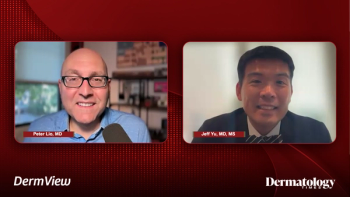
Panelists discuss how they incorporate both steroids and nonsteroidals from the initial visit by limiting steroid use to 1 to 2 weeks followed by long-term nonsteroidal maintenance, while noting the need for more vehicle formulations and lower age indications to better serve younger patients with limited treatment options.

Panelists discuss how extensive body surface area involvement in pediatric patients affects topical prescribing decisions, with high coverage areas often requiring systemic therapy consideration. They also discuss how location-specific factors like sensitive areas (face, groin) influence the choice toward nonsteroidal agents over topical steroids.

James Del Rosso, DO; April Armstrong, MD, MPH; Mark Nestor, MD, PhD; Mark Lebwohl, MD; Linda Stein Gold, MD; and Darrell Rigel, MD, MS, presented some of the biggest updates in dermatology to close out the year.

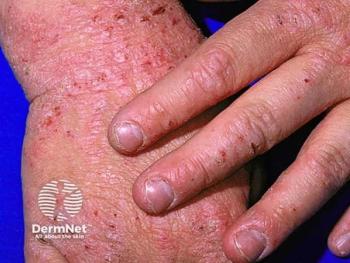
The findings reinforce dupilumab as a safe, long-term cornerstone therapy for pediatric AD, with emerging flexibility in treatment scheduling.

Experts discuss the OX40 pathway's potential to transform atopic dermatitis treatment, addressing unmet needs and promising new therapies for better patient outcomes.

In the ARCADIA LTE, nemolizumab maintained significant and progressive improvements in skin and itch outcomes for up to 104 weeks.

The episode underscores the clinical value of listening to patient advocates who bring firsthand understanding of disease impact.

Mobile app SkinTracker enhances atopic dermatitis care through remote assessments, proving effective and convenient for patients while saving costs.

